Preparation for the approaching flood season: Geotechnical Engineering Office visits 24 old communities to promote conservation of soil and water as well as safety issues
Facing the approaching season of torrential rains and typhoons, to strengthen the principles of “disaster prevention is more important than relief” and “disaster prevention starts from oneself” among residents living in old hillside communities, the Geotechnical Engineering Office, Taipei City’s Public Works Department will visit 24 communities on the advisory list to educate residents about conservation of soil and water, in the hope that they will learn about natural disasters brought by climate changes in recent years, have a better understanding of preventive measures through self-checks of their surrounding environment, and strengthen hillside self-management. The campaign seeks to enhance awareness on disaster prevention.
As expressed by Huang Li-yuan, Director of the Office, there are 24 old hillside communities scattered in 8 districts (Beitou, Shilin, Zhongshan, Neihu, Daan, Xinyi, Nangang and Wenshan) and 18 villages in Taipei City. According to a recently updated survey, there are 1,982 households and 5,092 inhabitants in total in these communities; all of them are preserved and supervised regularly, based on the advisory list. Potential dangers are still lurking around these hillside areas, as buildings in the communities are stacked against each other and built close to the steep slopes with insufficient distance between them, not to mention the poor drainage in the surrounding area. To ensure the safety of the residents and their belongings, the Office is keeping a close and constant watch on the communities. An earthquake, 4.0 on the Richter scale, took place on Feb. 12, 2014, with its epicenter in Shilin District of Taipei City. Afterwards, the Office immediately dispatched staff for a full inspection of the situation in the hillside areas of the communities. Fortunately, there was no damage or casualties reported from any of the 24 communities.
As expressed by Lin Shi-yuan, Section Chief of the Office, the 24 old communities had gone through a project of three phases in three years, since 2008, for the conservation of soil and water as well as disaster mitigation. Completed at the end of 2010, the improvement project has effectively reduced the risk of disasters. However, to offer more guarantees to residents, the Office cooperates with teams of professional engineers, regularly visiting and inspecting these communities yearly. During the flood season (May to Nov.), there are at least 7 monthly rounds of regular visits and inspections. During the season of torrential rains and typhoons, more visits and inspections are arranged whenever abnormal situations at the hillside are spotted. Emergency repairs and other measures of disaster prevention and mitigation will be underway to prevent the disaster’s aggravation.
As expressed by Director Huang Li-yuan, maps for disaster prevention are specially printed for the communities, so that residents can learn about evacuation routes and refuges during disasters. In the past, these maps were explained and distributed at education and promotion sessions for the conservation of soil and water. Starting last year, to enable people who were unable to attend the scheduled sessions to learn about evacuation routes and refuges, the Office had professional teams visit and distribute maps and leaflets, informing people about procedures of disaster prevention as well as refuges in each community. Meanwhile, should people have questions regarding safety of the hillside areas near their homes, they can also talk to the visiting staff. The Office will provide “the service to the home”, duly offering professional improvement advice for residents’ reference.
As recalled by Engineer Li Bao-cheng, the former chairman of Taipei Soil and Water Conservation Engineer Association, who has spent over a decade visiting and inspecting the communities, he was frequently chased by stray dogs when conducting visits and inspections. The living environment in those communities was far from ideal; trash or miscellaneous items were randomly piled up everywhere. People did not welcome the visits of the Office’s staff, either. However, in recent years, residents of the communities have grown to care for the places they live in. Besides cleaning their living environment on their own, they started to welcome the visits and inspections of the staff. He is treated like a neighbor they have known for years; the kindness touches him tremendously. It also shows that the City Government’s long-term efforts in educating people about disaster prevention have led to positive results.
As appealed again by Section Chief Lin Shi-yuan, disaster prevention at hillside areas cannot rely solely on the City Government and professional teams. It also requires residents’ cooperation as well as self-checks in order to achieve more with less effort, and to carry out effective disaster prevention. During the visits, if residents immediately discuss the issues they have encountered on the hillsides near their homes, the professional teams from the City Government will be able to immediately get a clear picture of the situation. It will be even more helpful if further information becomes available on disaster history or conditions of hillsides and drainage during typhoons or storms; professional engineers will be able to better determine the underlying problems of the hillsides and offer more complete and appropriate advices for improvement measures. As reminded by the Office, residents are advised to inspect facilities for soil and water conservation around their living environments. Should they discover any unusual signs at the hillsides near their homes, they can contact the Office’s Slope Land Building Section (Dial 1999 Taipei Citizen hotline with the Office’s extension 3613). A staff member will be at your service. If necessary, professional engineers will perform onsite inspections and offer professional opinions. 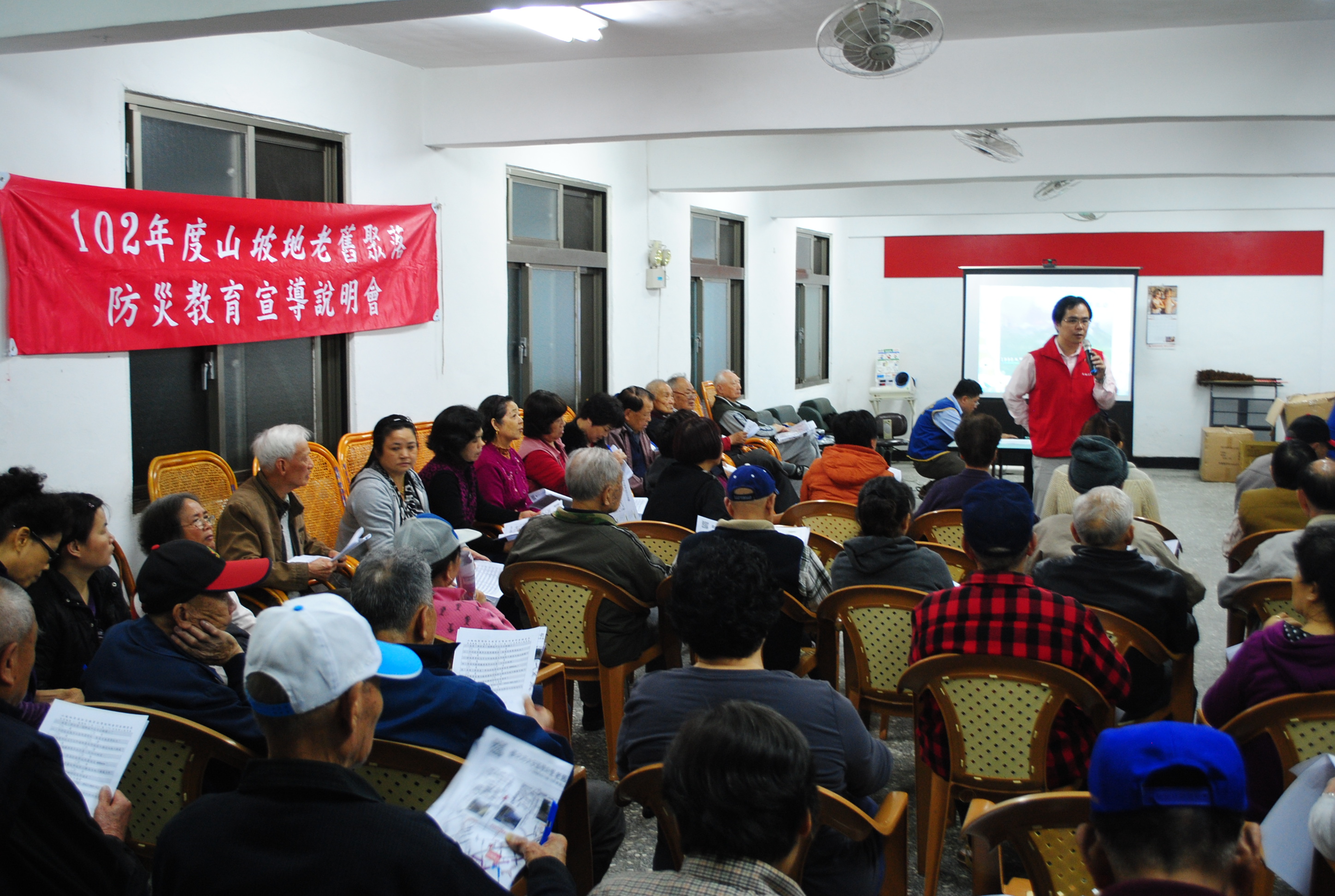
Photo 1: Education and promotion session to educate people about the conservation of soil and water
in old hillside communities, held by the Office’s staff 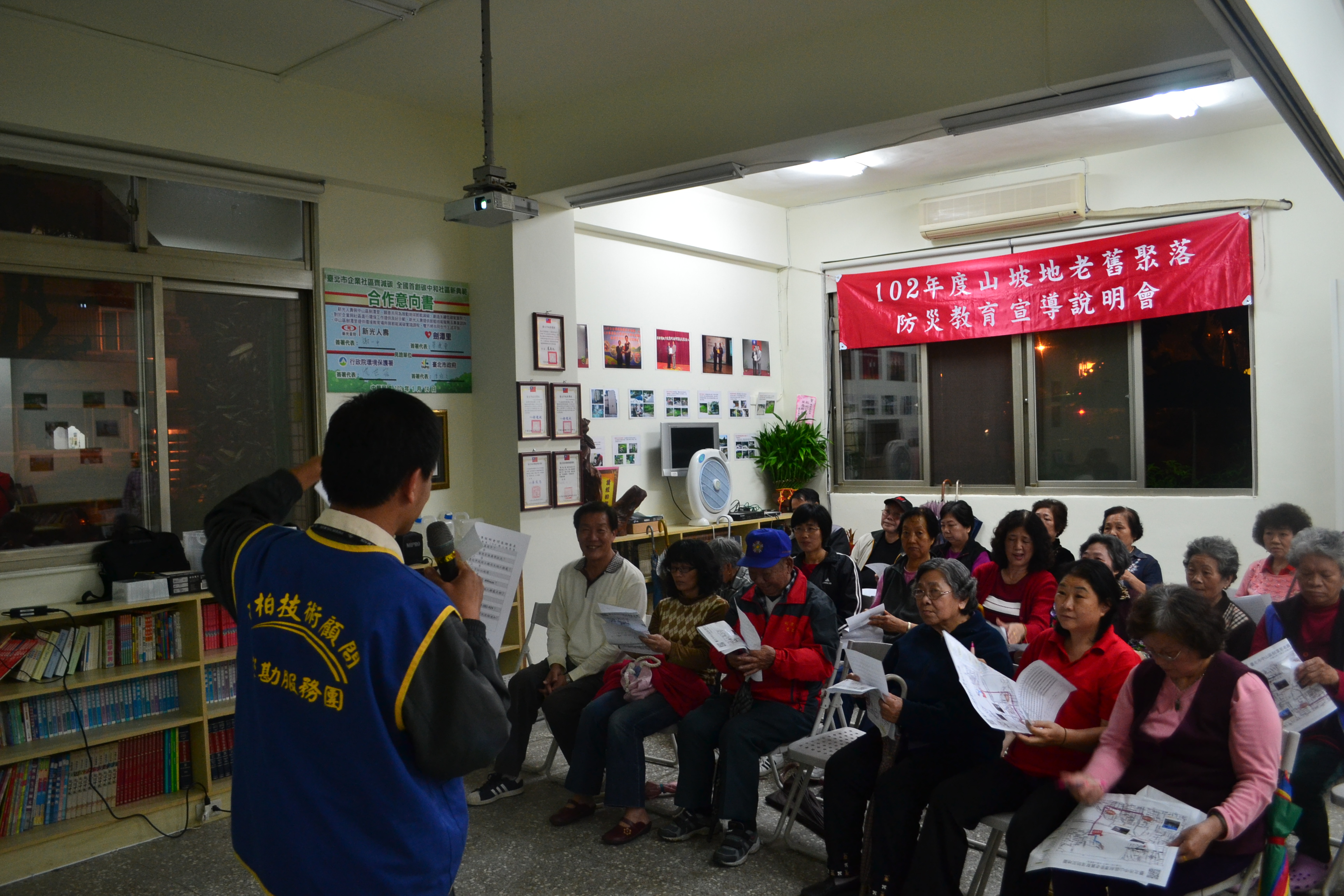
Photo 2: Information session to educate people about the conservation of soil
and water on old hillside communities, explained by professional engineers 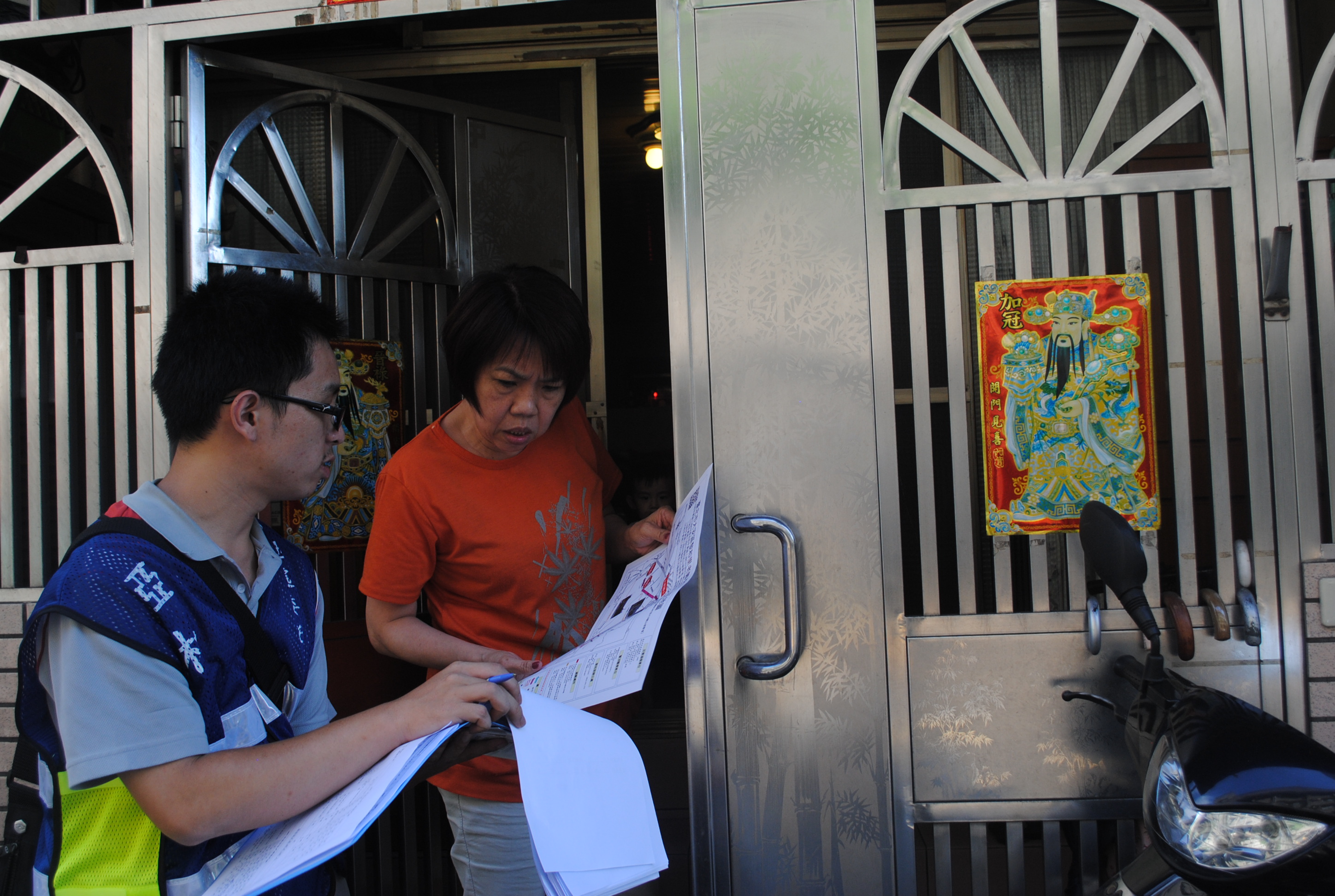
Photo 3: Household visits of the old hillside communities.
Professional staff explained maps of disaster prevention for residents 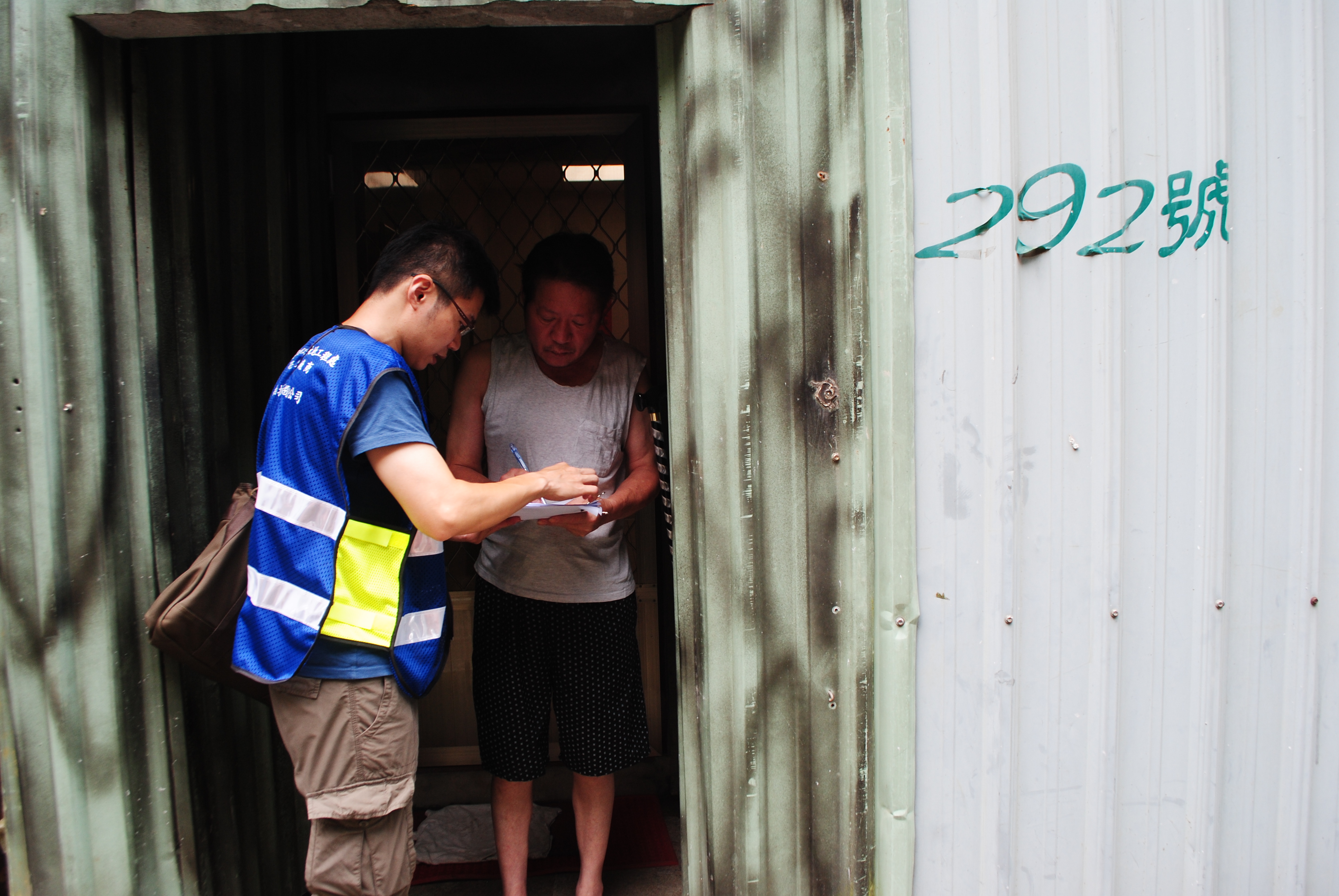
Photo 4: Household visits of the old hillside communities.
Professional staff learned about the history of disasters in the community from its residents 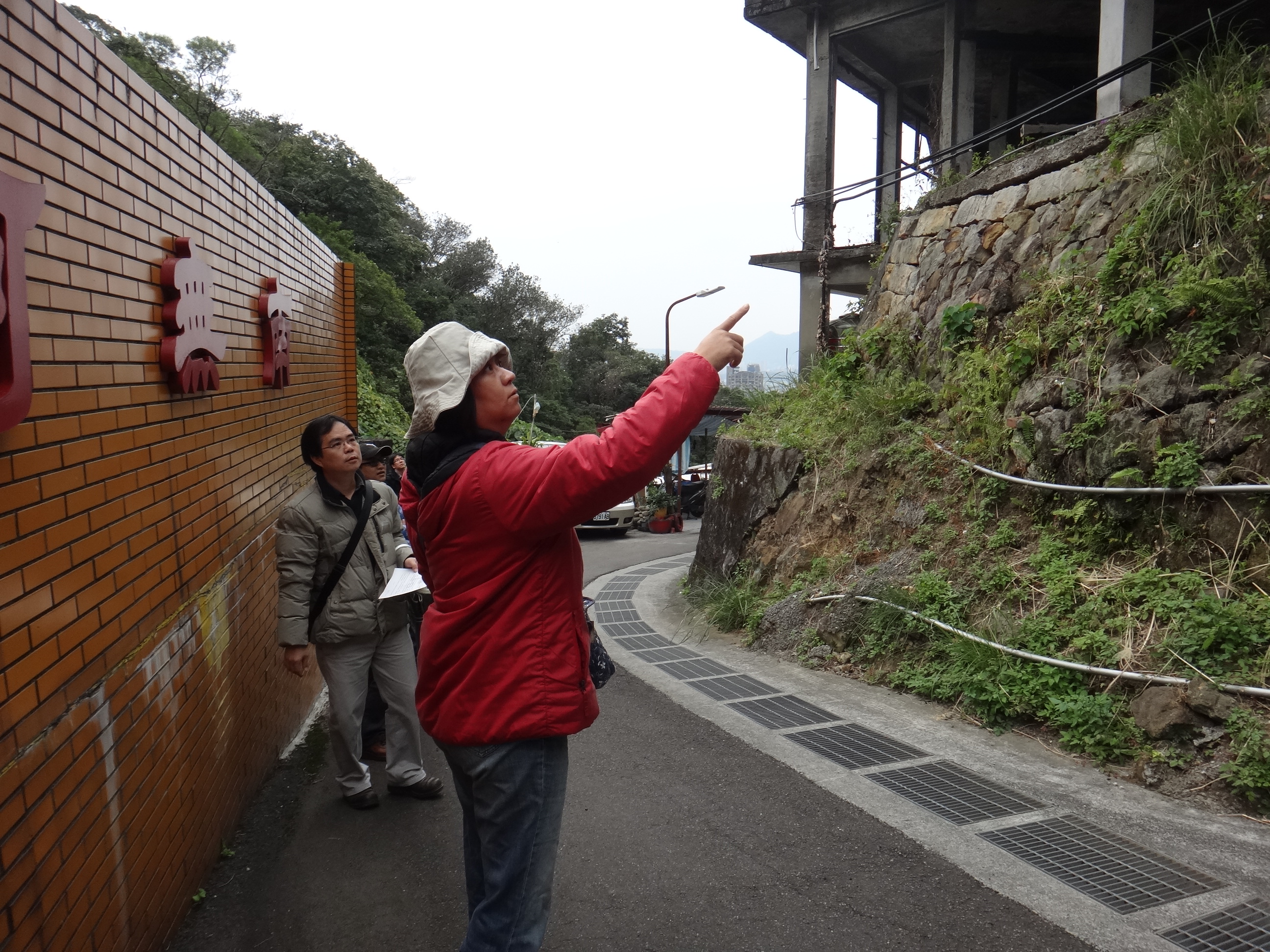
Photo 5: Joint inspections in the old hillside communities. Visiting the community
for the joint inspections of soil and water conservation problem on hillside areas 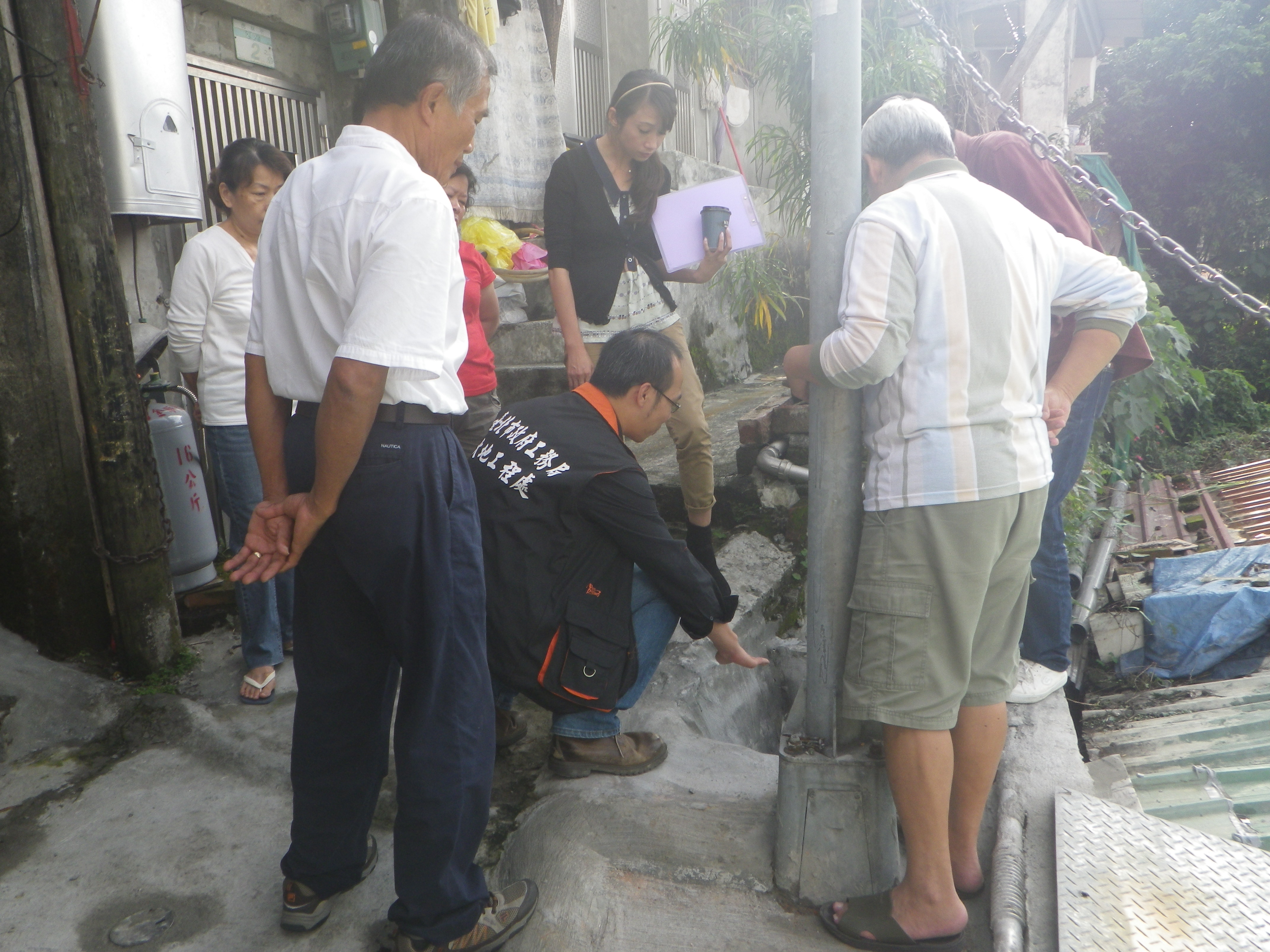
Photo 6: Joint inspections in the old hillside communities.
Residents of the community shared the hillside situations in their community

![Taiwan.gov.tw [ open a new window]](/images/egov.png)
